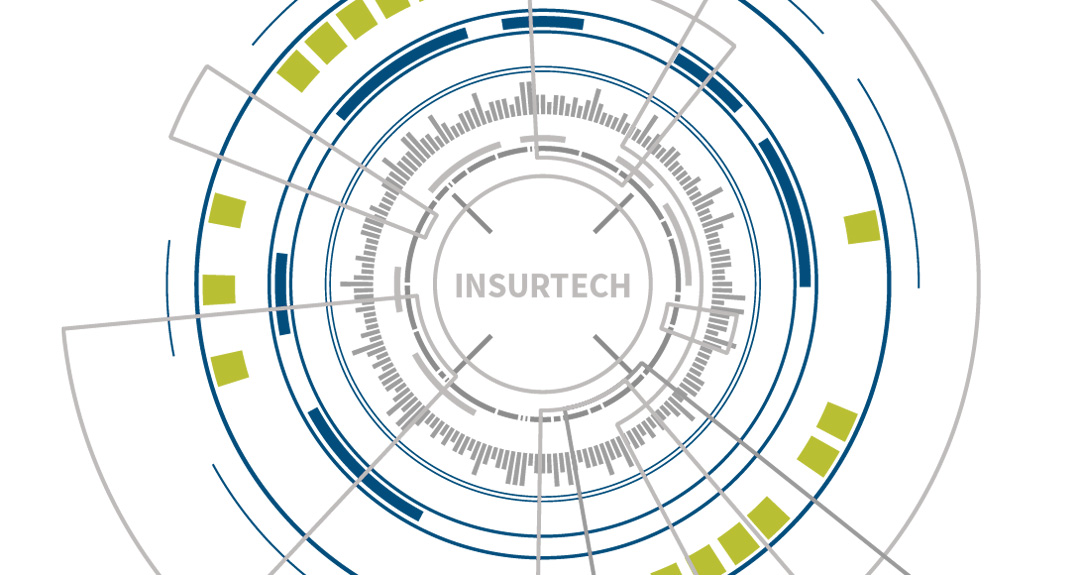The SOA’s View
The SOA Board has InsurTech on its radar October/November 2017As part of the 2017–2021 strategic plan, the Society of Actuaries (SOA) Board committed to “identify, analyze and prioritize responses to [change] in a timely manner” (Objective 9 of the SOA Strategic Plan). To do this, the SOA is actively scanning the environment for changes, and the Board is holding generative conversations about emerging issues. The Board’s goal is to gain insight on and respond to the challenges and opportunities facing the actuarial profession.
The SOA is already responding to one facet of the InsurTech revolution: the rise of big data and predictive analytics. Big data and predictive analytics are transforming the work of actuaries. We’ve incorporated these topics into our prequalification education system beginning in 2018. The Strategic Plan designates expanded and new roles for actuaries in predictive analytics as an objective (Objective 8). During a March 2017 discussion on InsurTech, the Board focused on the broad sweep of forces driving InsurTech—the combination of new technologies and new players—that may change opportunities for actuaries.
The Board reviewed and discussed a report issued by the International Association of Insurance Supervisors (IAIS) in February 2017 titled FinTech Developments in the Insurance Industry. The IAIS report considers how the combination of emerging technologies and new business models might change the insurance industry. It explores three scenarios:
- Insurers incorporate new technologies and maintain customer relationships. Insurance is offered by the insurers of today (or their successors), but technology revolutionizes how that insurance is designed, managed and sold.
- Insurance value chain becomes fragmented; insurers no longer are in control. In this scenario, insurers still carry the risk, but they’re behind the scenes (“white-labelled”). Consumers purchase insurance as part of larger technology packages (e.g., fire insurance as part of a high-tech home safety system that lets you know which lightbulbs need changing, monitors for water damage and calls the fire department if the smoke alarms go off).
- Big technology firms usurp insurers by leveraging their technological and analytical expertise. This is the “run fast and break things” model where technology companies come in and take over the insurance industry. One analogy is how Uber and Lyft have disrupted taxi service. While this disruption might not happen suddenly, it could lead to major changes in the insurance corporate landscape.
The SOA Board discussed how each scenario might change opportunities for actuaries. The board members considered what opportunities might be opened, closed or changed. They raised a number of questions, including:
- What will the rise of artificial intelligence/machine learning mean for the role of actuaries in using “evolving methods to solve complex business problems” (Objective 2, Strategic Plan)?
- How will the actuarial career path change? What will employers expect of actuaries?
- If technology firms enter the insurance realm, how do we help them to understand the value actuaries bring? Do we need to adapt the education we provide to help actuaries adapt to the needs of new employers?
As the Board explores these questions, what it learns will help the SOA to achieve the vision set out in the Strategic Plan: Actuaries are highly sought-after professionals who develop and communicate solutions for complex financial issues. As the use of technology changes in insurance, we need to understand how to position actuaries and actuarial science to ensure its continued success.

